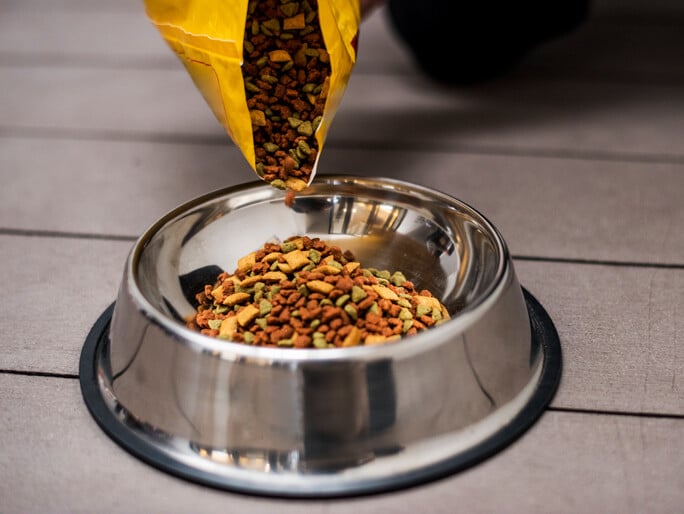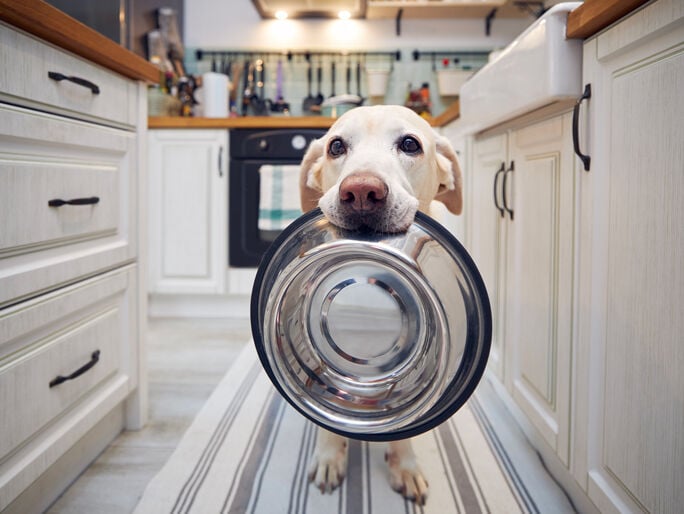dental disease in dogs and cats
Pet dental care can help prevent pain, tooth loss, and bacterial infection.
Knowing the symptoms of periodontal disease can help you to help your pet.

Signs and symptoms of early dental disease
- Bad breath (halitosis)
- Yellow or brown tartar on teeth
- Red, inflamed, or bleeding gums

Advanced signs of dental disease
- Loose, damaged, or missing teeth
- Difficulty chewing
- Unusual face pawing or drooling
- Facial swelling or nasal discharge
Periodontal disease is more than just stinky pet breath
Dental disease begins with plaque on pet teeth. If plaque isn’t removed with regular professional cleaning, it hardens into bacteria-laden tartar both above and below the gumline, which can lead to a number of health problems.
Cats and dogs are pros at hiding pain, so even a bouncy or mellow pet may still be suffering from dental disease and benefit from regular dental care.
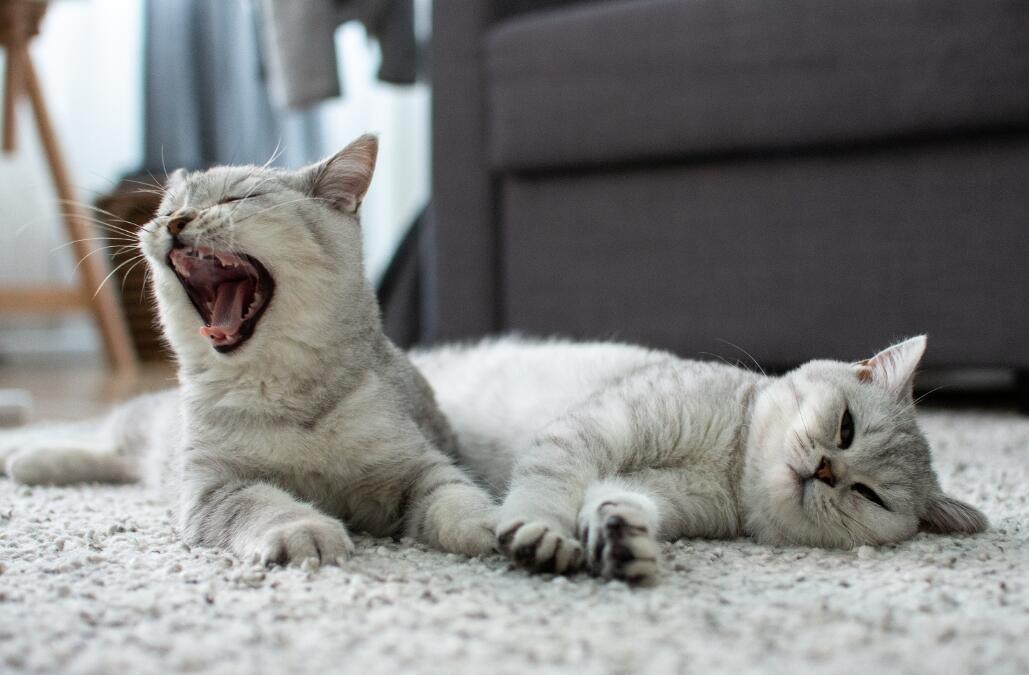
Early signs of dental disease
Red, inflamed, or bleeding gums are a danger sign. Bad breath, or halitosis, is one sign of bacterial build up on the teeth, while brown or yellow tartar on teeth shows that plaque has turned into a germy crust. If you spot these signs, it's time for a veterinary checkup.
Advanced signs of periodontal disease
More advanced signs of dental disease need immediate veterinary care. See your vet if your pet is missing teeth or if their teeth seem loose, painful, or damaged. A pet with a dental problem or pain may paw at their face or drool more than usual. A swollen face or weird nasal discharge can mean your pet has a dangerous dental abscess.
How can I help my pet with dental disease?
Both cats and dogs can benefit from good home care and professional dental cleanings. Make tooth brushing part of your petcare routine, bring your pet in for regular mouth checks, and schedule a yearly professional dental cleaning for more in-depth care, like eliminating plaque that brushing can’t reach.
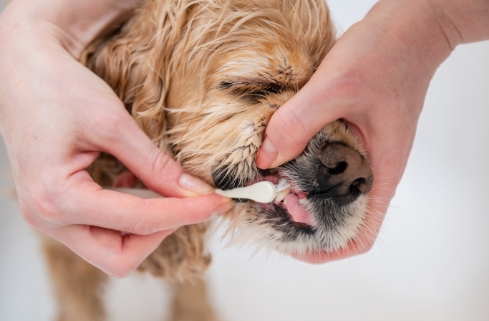
An Optimum Wellness Plan is a smart way to proactively care for chompers

Our Optimum Wellness Plans® are affordable yearlong packages of essential preventive care. They're designed for different needs, ages, and lifestyles, and many include a professional dental cleaning that can help treat tartar and prevent advanced dental disease.
Talk to your Banfield vet to find out which package is best for your pet.
Mentioned in this article
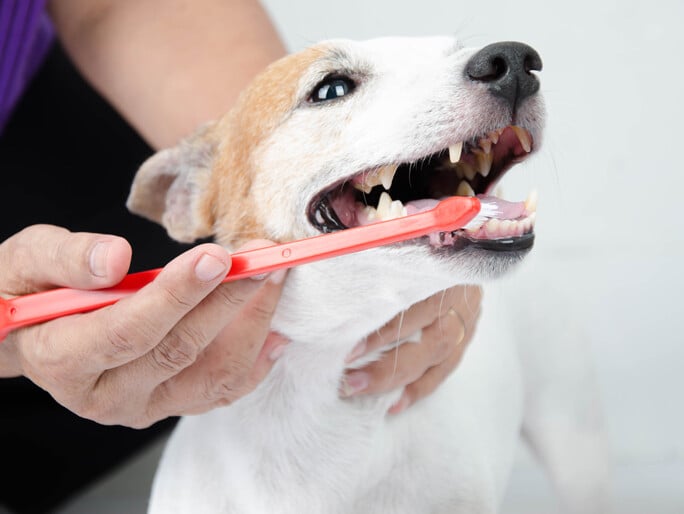

Professional dental cleanings
How and why dental cleanings can help oral health.
Why cleanings count

Need advice on flea control? Ping Pet Chat™!
Whether it's 3 a.m. or 3 p.m., connect with a real veterinary professional for immediate petcare advice. It's included in all Optimum Wellness Plans®!
Log in to start chattingHow Banfield can help with your pet’s dental care and oral health
Banfield can help prevent and treat dental disease in dogs and cats. Ask us about tips and tricks for brushing, guidance on dental health, and, if your pet could use a professional dental cleaning, to help eliminate tartar that regular brushing just can’t reach.
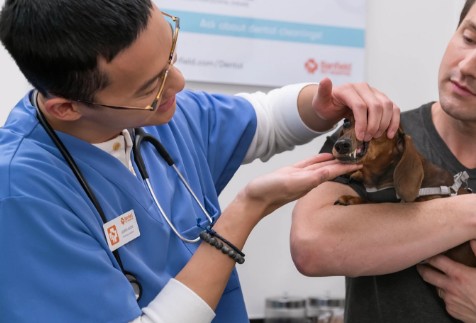
Regular physical and oral exams. We can help evaluate the overall health of your pet, including their mouth and teeth.
Regular professional dental cleanings. Professional pet dental cleanings can help tackle the buildup of smelly, sticky tartar on your pet’s teeth, helping your pet avoid painful periodontal disease, tooth loss, and truly stinky pet breath.
Does your pet absolutely refuse to have their teeth brushed? Reach out to your veterinary team. We can help suggest additional ways to help reduce plaque and tartar.
 Mites and mange
Mites and mange Podcast - Not Just Fluff
Podcast - Not Just Fluff

